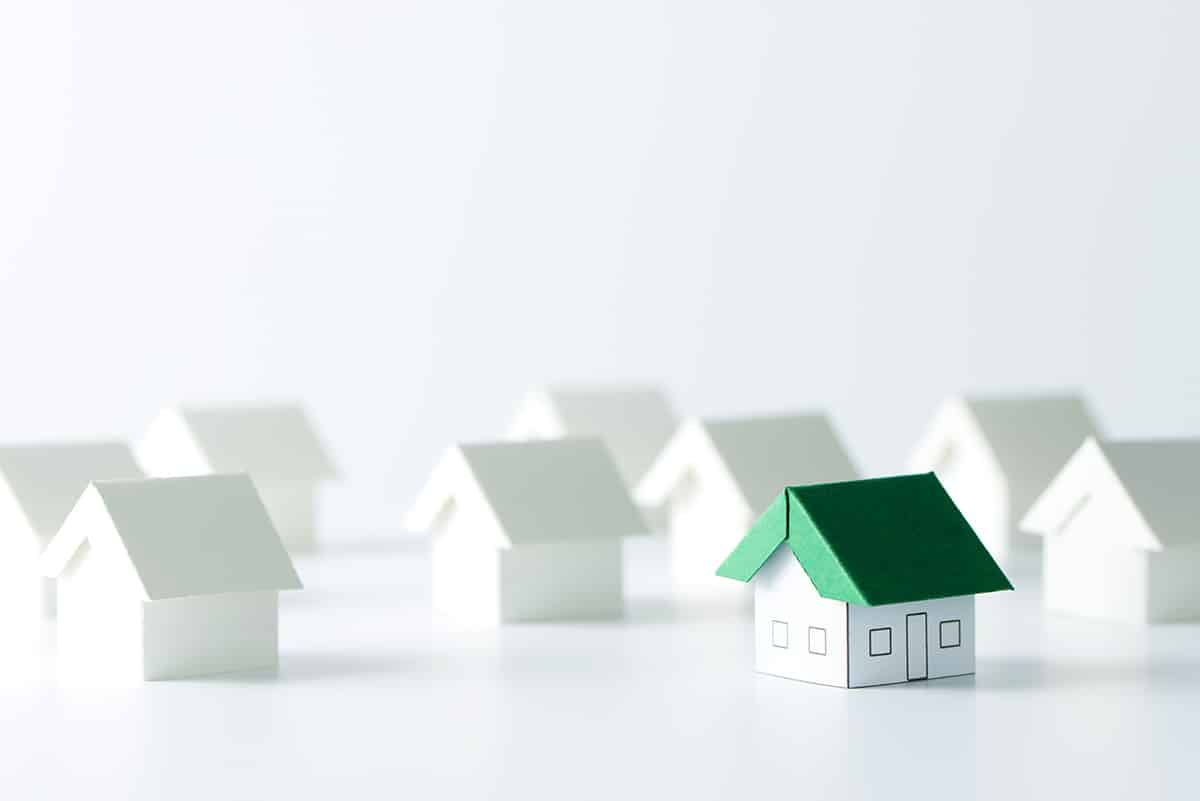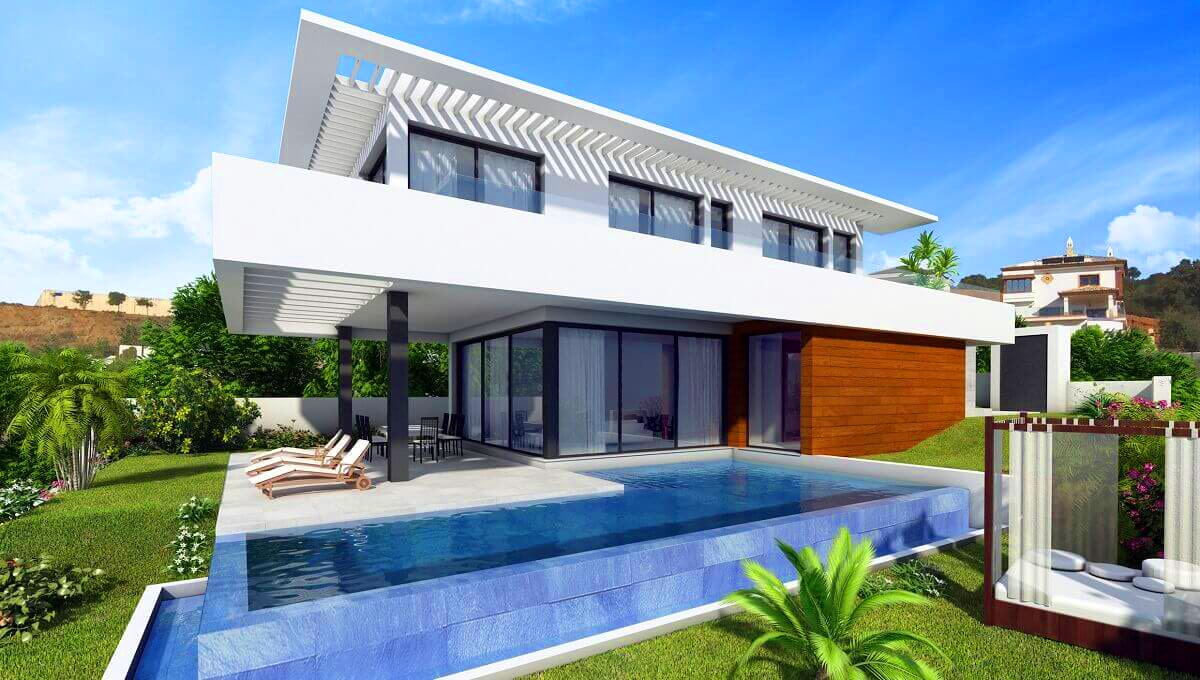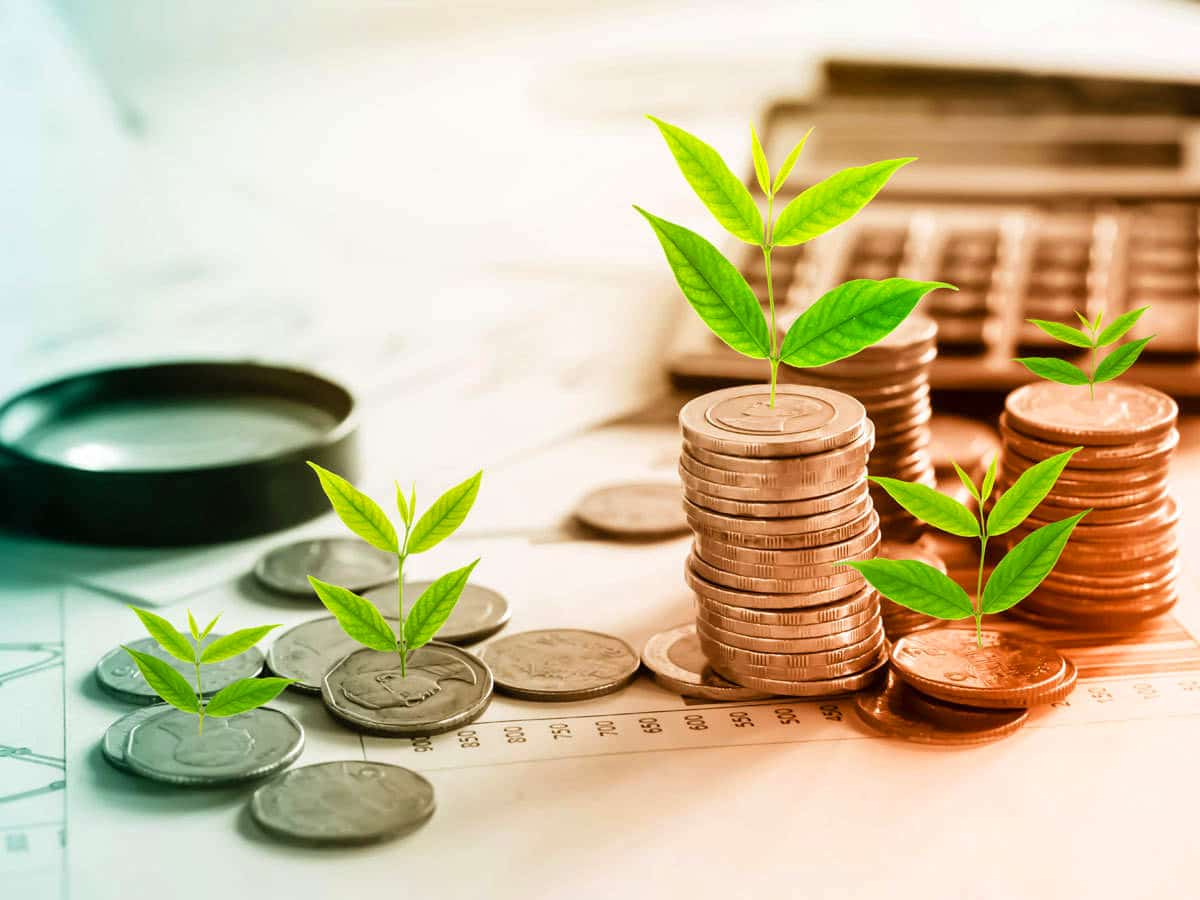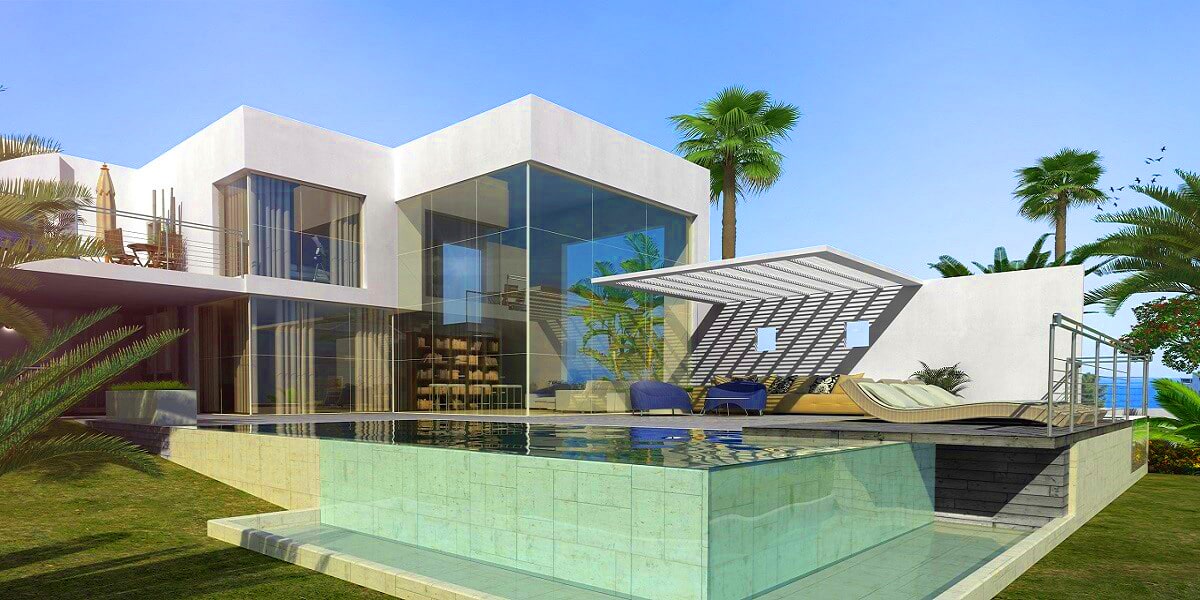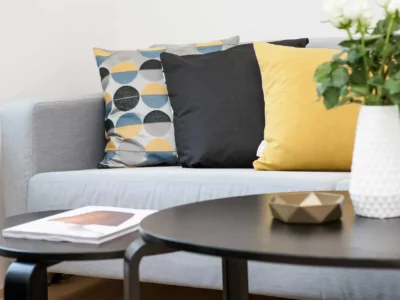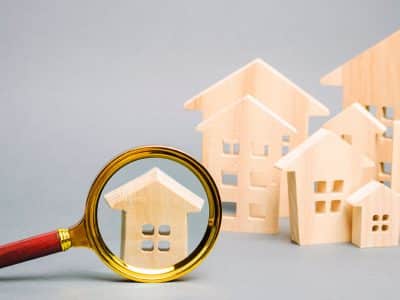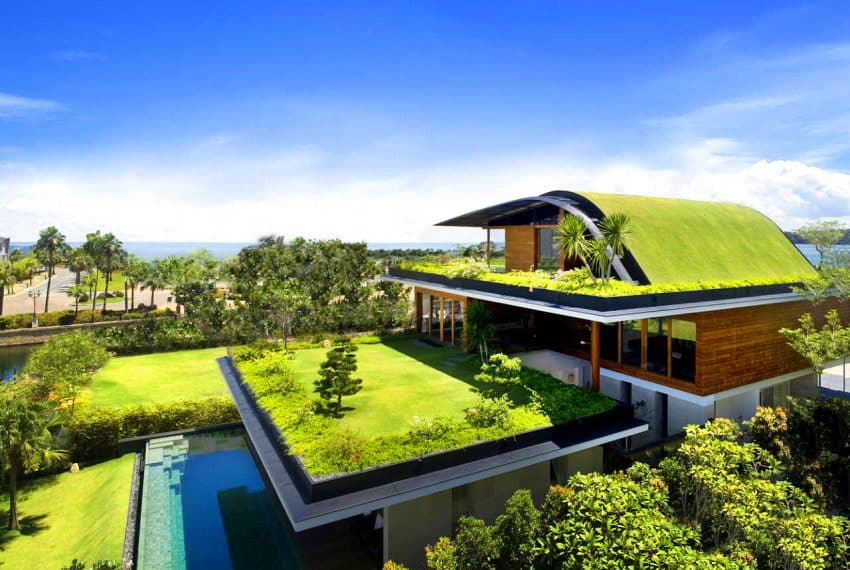
In light of the Covid-19 pandemic, environmental awareness has risen to the forefront of conversations in all sectors of the economy including construction. The health emergency has also heightened the importance we place on our homes. New builds on this part of southern Spain are increasingly taking green construction on board and the result is sustainable homes with a minimal carbon footprint. In this article, we take a look at the future of sustainable environmentally friendly eco-building on the Costa del Sol and showcase examples of the best green construction in the area.
What is Sustainable environmentally friendly eco-building?
Environmentally friendly construction aims to create a home with the lowest possible impact. This might be achieved by using sustainable materials or by ensuring minimum impact on the environment at the construction site itself.
Passive House building standards offer some of the best examples of eco-building practices. The brainchild of German physicist Dr Wolfgang Feist, the Passive House Institute researches and promotes construction that is truly energy-efficient, comfortable and affordable.
Bottom line? Eco building on the Costa del Sol aims to create nearly zero energy buildings (ZENB).
Example 1 of a sustainable environmentally friendly eco-building on the Costa del Sol
In a privileged location on Valle Romano golf course, Villa Oasis Paradise offers some of the best eco-building on the western Costa del Sol. Positioned to take full advantage of its south-facing position, the 1,000m² plot houses an eco-home between 145 and 240m². Living space includes three bedrooms and a home office plus a private pool, terrace and landscaped gardens. Built with fully sustainable materials that can be completed within 180 days, Villa Oasis offers maximum energy efficiency. Yours from €449,000.
Read the full spec. Villa Oasis Paradise – Eco-friendly living in Valle Romano
What are the characteristics of an eco-build?
To achieve true energy efficiency and offer maximum comfort at the same time, eco homes generally include the following:
- Geobiological study – to detect radiation from the ground and electromagnetic fields in the area of construction.
- Sustainable materials – concrete production emits high CO₂ levels, making it one of the least environmentally-friendly construction materials. Eco homes prefer to use products with a minimum carbon mark. Wood from sustainably managed forests with PEFC or FSC certification is an example.
Green buildings also seek to avoid plastics and as a result, showcases natural materials such as wood and stone in the design. - Insulation and airtightness – true energy efficiency is only feasible in homes with an interior temperature that remains constant all the time. Ensuring 100% insulation in windows, doors and the roof is therefore key.
- Orientation – a south-facing property (easy on the Costa del Sol) allows the home to maximise the benefits of sunshine and natural light.
- Brise soleil & air conditioning – angled blades on windows, shutters and awnings are architectural features that manage overheating with efficient air-conditioning providing the extra boost in the hottest months of the year.
- Renewable energy sources – particularly wind and solar. The latter is one of the easiest elements to incorporate into eco-building on the Costa del Sol since the area enjoys over 320 days of sunshine a year.
- Clean air inside – high-performance ventilation systems ensure optimum quality of the air inside the home as well as energy efficiency.
Example 2 of a sustainable environmentally friendly eco-building on the Costa del Sol
Eco Villa, situated on Valle Romano Golf in Estepona, offers one of the best examples of eco-building in the area. The 175m² home includes cutting-edge sustainability technology such as aero-thermal heating and solar gain and acoustic treatment. As a result, the spacious villa with panoramic sea views boasts an A energy-efficiency rating. Yours for €745,000.
Find out more. Eco Villa in Valle Romano Golf Estepona
How long does it take to build an eco-home?
In the quest for sustainability, eco-building uses environmentally-friendly construction techniques. As a result, the build takes just a few months compared to the minimum of one year in traditional construction.
While most properties are built on-site, eco homes are designed and constructed mostly off-site. The process typically includes the following process:
- In conjunction with the architect, the eco-construction company uses specialized software to recreate the drawings from a 3D model. The resulting computerized design is accurate to the last millimetre.
- The design is recreated in a factory with the construction framework built in its entirety. The future home becomes a series of panels to be transported to the site.
- A mobile crane and specialist team assemble the panels to create the property, often just in a few days.
Did you know? This eco-build system can assemble a 200m² home in just 3 days while a 1,000m² property takes only 2 weeks.
How much does an eco-home cost to build?
Environmentally-friendly technology has advanced in leaps and bounds over the last few years. As a result, green construction techniques and materials do not necessarily come with a large price tag. Quite the contrary. In many cases, the build cost will be only slightly higher than conventional construction with the average coming in at 5% higher.
The cost varies naturally depending on the type of material and finishes chosen, but in most cases, eco-building costs very little more.
And while the initial cost may be slightly higher, an eco-home comes into its own in terms of return on investment. NZEB construction allows owners to recuperate the money spent remarkably quickly on electricity bills. An A-rating in energy efficiency translates to almost zero consumption with the exponential saving on electricity, water and gas.
Furthermore, as the climate emergency becomes more urgent and more homeowners become aware of the need to introduce energy-saving measures and reduce their carbon footprint as far as possible, passive homes will become more desirable. This adds to the investment potential for eco-homes whose owners will see their initial outlay more than compensated in the added value of the property.
Example 3 of a sustainable environmentally friendly eco-building on the Costa del Sol.
In a prime location and with an exceptional design, Villa Eco in El Madroñal takes fine living and best sustainability practices to a whole new level. Situated on a plot with almost 5,000m², the spacious home includes two floors over 600m², all south-facing to enhance light and heat efficiency and take in the panoramic views of the Mediterranean and mountains. Incorporating the best in energy efficiency – floor to ceiling windows, aero-thermal heating, solar gain – the villa offers one of the best examples of a truly passive home on the Costa del Sol. Yours for €2,795,000.
Discover the finest eco living on the Costa del Sol. Eco Villa El Madroñal Benahavis
Find out more about eco-building on the Costa del Sol
At The Property Agent, we are proud to work in conjunction with architects and homebuilding companies on the Costa del Sol who champion sustainable home construction. If you would like more information about the green future in homebuilding and to discover our portfolio of eco-homes in more detail, do get in touch. We would love to help you find a home that moves you and has minimal impact on the environment.
Contact The Property Agent: Real Estate Agent in Sotogrande, Spain

